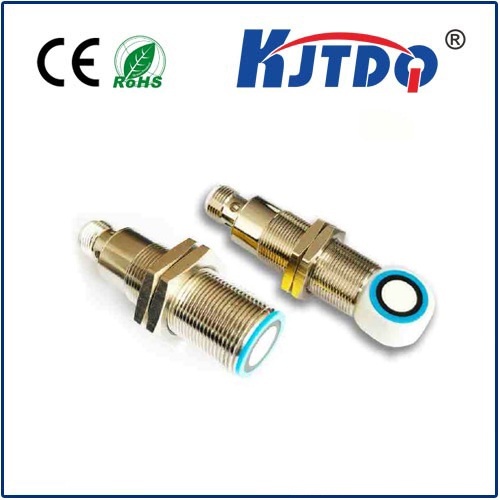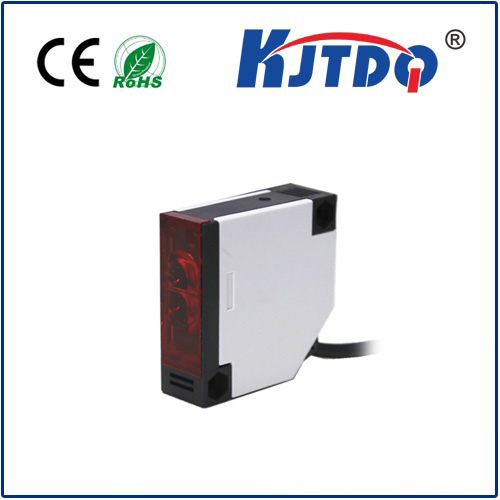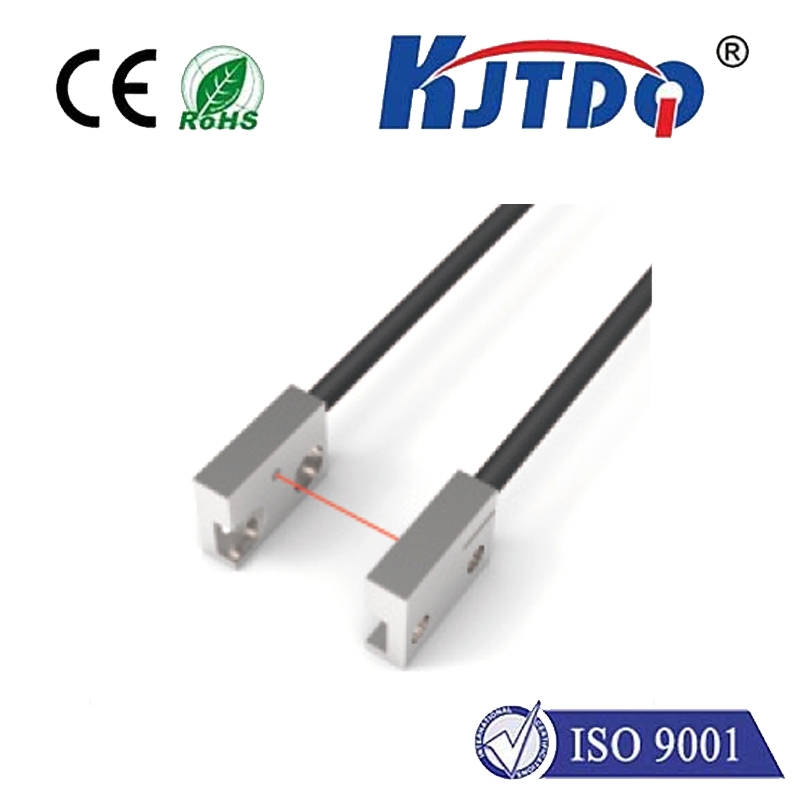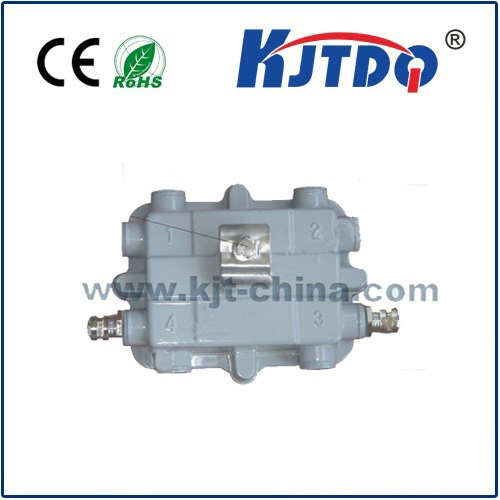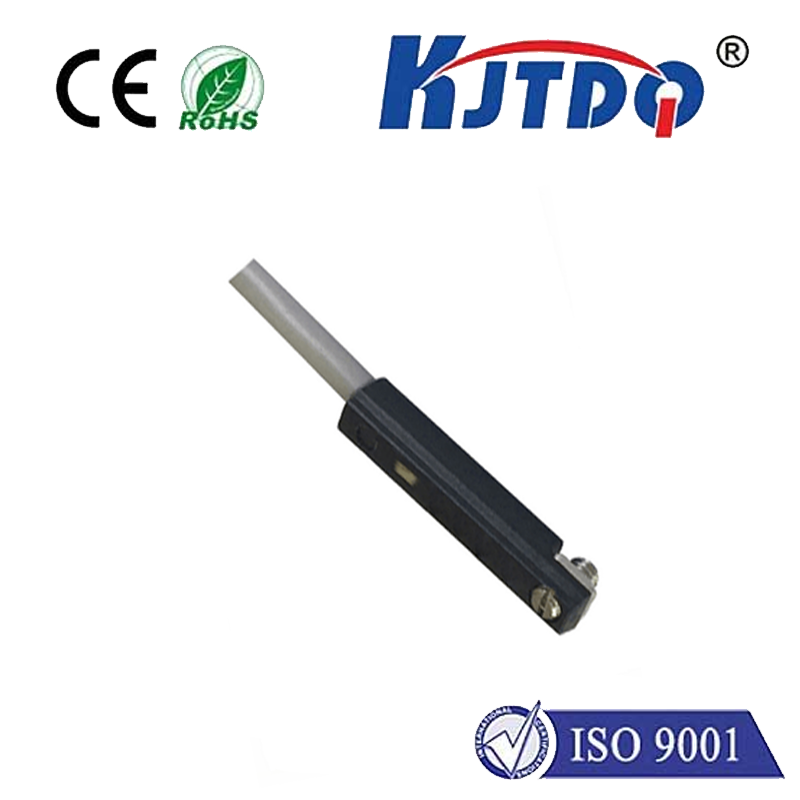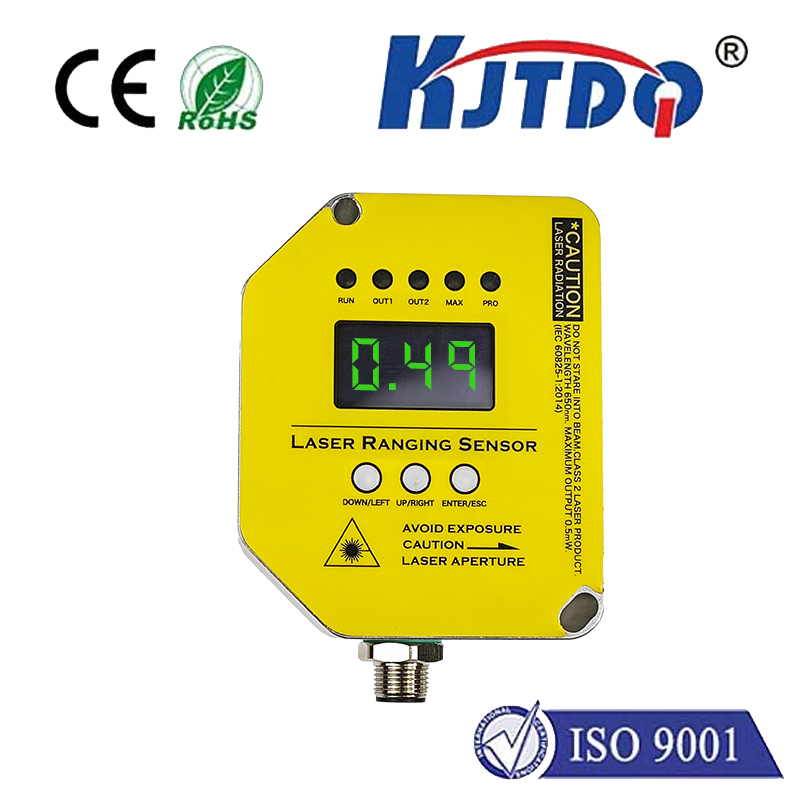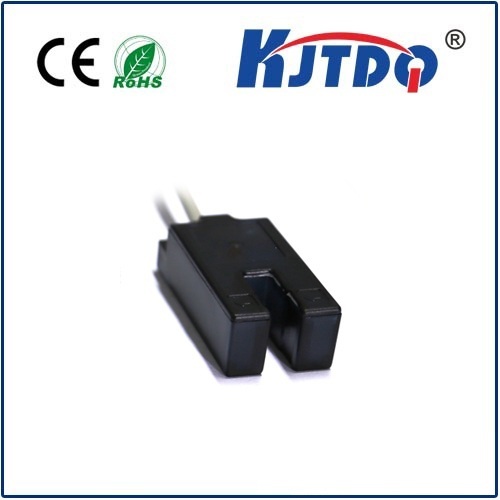Миниатюрный датчик приближения
- time:2025-09-06 00:29:30
- Нажмите:0
Micro Proximity Sensors: Tiny Tech with Mighty Detection Capabilities
Think about the last time your smartphone screen automatically dimmed when you held it to your ear, or how your smartwatch knows to wake up when you glance at it. These seamless interactions, fundamental to modern user experience, often rely on an unsung hero: the Миниатюрный датчик приближения. These minuscule marvels, designed to fit within increasingly compact electronic devices, detect the presence of nearby objects without physical contact, triggering actions quietly and efficiently. Understanding their operation and diverse capabilities reveals how they power convenience and innovation across countless applications.
What Exactly is a Micro Proximity Sensor?
Fundamentally, a датчик приближения detects the presence or absence of an object within a specified range. A Миниатюрный датчик приближения takes this core functionality and miniaturizes it dramatically. We’re talking components often measuring just a few millimeters across, sometimes even less. This extreme downsizing is driven by the relentless demand for sleeker smartphones, smaller wearables, and more densely packed industrial equipment and medical devices. Despite their tiny footprint, these sensors deliver critical detection capabilities.
The Technology Behind the Tiny Detectives

Several underlying technologies enable object detection at the micro scale. The choice depends heavily on the target material, required sensing distance, and environmental conditions:
- Optical Proximity Sensors: These micro proximity sensors use infrared (IR) light. A tiny IR LED emits a beam; a corresponding miniaturized receiver detects the light reflected back from a nearby object. The time-of-flight or intensity of the reflected signal determines proximity. Immensely popular in smartphones for screen blanking during calls, they also power gesture control in compact gadgets. Their key strength is non-contact sensing of most solid objects.
- Capacitive Proximity Sensors: Instead of light, these rely on changes in an electrostatic field. When an object (especially conductive ones, but also dielectric materials like a human hand) enters the sensor’s field, it alters the capacitance between electrodes. This change is detected electronically. Highly effective for detecting fingers through glass or plastic (think touchscreens and touch-sensitive controls), they excel in applications requiring precise proximity detection of humans or conductive materials within very short ranges.
- Inductive Proximity Sensors: These detect the presence of metallic objects. The sensor generates an oscillating electromagnetic field. When a metal target enters this field, it induces eddy currents within the metal, causing a measurable change in the sensor’s oscillation characteristics. Crucial in factory automation, miniature inductive sensors provide reliable metal detection in tight spaces on robotic arms, conveyors, and within miniature machinery. Their robustness makes them ideal for challenging industrial settings.
- Magnetic Proximity Sensors (Hall Effect): These detect magnetic fields. A Hall effect IC generates a voltage proportional to the strength of an applied magnetic field. Commonly used in tiny reed switches or solid-state Hall sensors for detecting the opening/closing of flip covers on phones or laptops, or sensing rotational position in compact motors. They offer contactless position sensing based on magnetic presence.
Where Do These Tiny Detectives Shine? Applications Abound!
The integration of micro proximity sensors is pervasive, enabling smarter, more responsive, and more compact devices:
- Consumer Electronics Dominance: This is arguably the largest market. Every modern smartphone incorporates at least one optical Миниатюрный датчик приближения for call management and display control. They enable auto-wake features on smartwatches and laptops. Capacitive sensors form the backbone of touchscreens and hover detection in styluses.
- Industrial Automation Precision: Miniaturized inductive sensors provide vital object detection and position feedback on robotic arms, ensuring precise component placement. They detect the presence of small metal parts on high-speed assembly lines or monitor valve positions in compact fluidic systems, enabling automated control loops.
- Wearables & Hearables Innovation: Ensuring comfortable earbuds fit relies on optical or capacitive micro proximity sensors detecting ear insertion/removal to automatically play/pause audio. Smart rings and fitness trackers use them for intuitive gesture controls and power management. They are essential for power efficiency in battery-constrained devices.
- Medical Device Reliability: Precision is paramount here. Micro sensors ensure correct positioning of surgical tools, detect fluid levels in compact cartridges, or monitor patient proximity in diagnostic equipment. They contribute to safety and accuracy within life-critical applications. Proximity detection is also used in non-contact thermometers and other diagnostic tools.
- Automotive Integration: Proximity sensing aids in in-cabin monitoring (detecting driver presence for safety systems), power-saving interior lighting control, and enabling gesture controls on infotainment systems – all requiring compact components.
- IoT & Smart Home Devices: Tiny sensors enable presence detection in compact smart home gadgets, triggering lights when someone approaches, or ensuring security systems respond appropriately. Their small size allows seamless integration into aesthetically pleasing designs.
Selecting the Right Micro Proximity Sensor: Key Considerations
Choosing the optimal Миниатюрный датчик приближения involves careful evaluation of several factors:
- Sensing Range: How close does the object need to be? Optical and capacitive sensors typically work best at very short ranges (mm to a few cm), while inductive sensors might offer slightly more reach for metal targets (up to several cm).
- Target Material: Is it skin, plastic, metal, wood, or liquid? Capacitive sensors are versatile for organics, индукционный датчик are metal-specific, optical sensors work best with solids that reflect IR.
- Environmental Conditions: Will the sensor face dust, moisture, oil, or extreme temperatures? Inductive sensors are often the most robust for harsh industrial environments, while optical sensors might need protection from dust and dirt interference. Consider IP ratings.
- Size and Power Constraints: Just how small and power-efficient does it need to be? Miniaturization often comes with trade-offs in range or robustness; ultra-low power consumption is critical for wearables and IoT devices.
- Output Type: Does the application require a simple digital (on/off) signal or a more complex analog output proportional to distance? Digital proximity sensors are common for presence/absence, while analog offers finer control.
The Driving Force: Miniaturization and Integration
The relentless push for miniaturization in electronics is the primary engine driving Миниатюрный датчик приближения development. Chip-scale packaging (CSP), wafer-level packaging (WLP), and advanced manufacturing techniques allow sensors and often their supporting electronics to be integrated onto incredibly small footprints. This trend shows no sign of slowing down, enabling sensors to be embedded into products where space was previously unimaginable – from smart labels to minimally invasive medical implants.
From making our phones smarter to ensuring factory robots operate with pinpoint accuracy and enabling the next generation of wearable health monitors, micro proximity sensors are the tiny workhorses making big things happen. Their ability to provide reliable non-contact sensing and precise proximity detection within the tiniest of spaces continues to unlock new possibilities, proving that powerful functionality truly can come in remarkably small packages. As technology evolves, we can expect these sensors to become even smaller, more energy-efficient, and integrated into an ever-expanding array of intelligent devices, silently shaping our interactions with the digital world.

